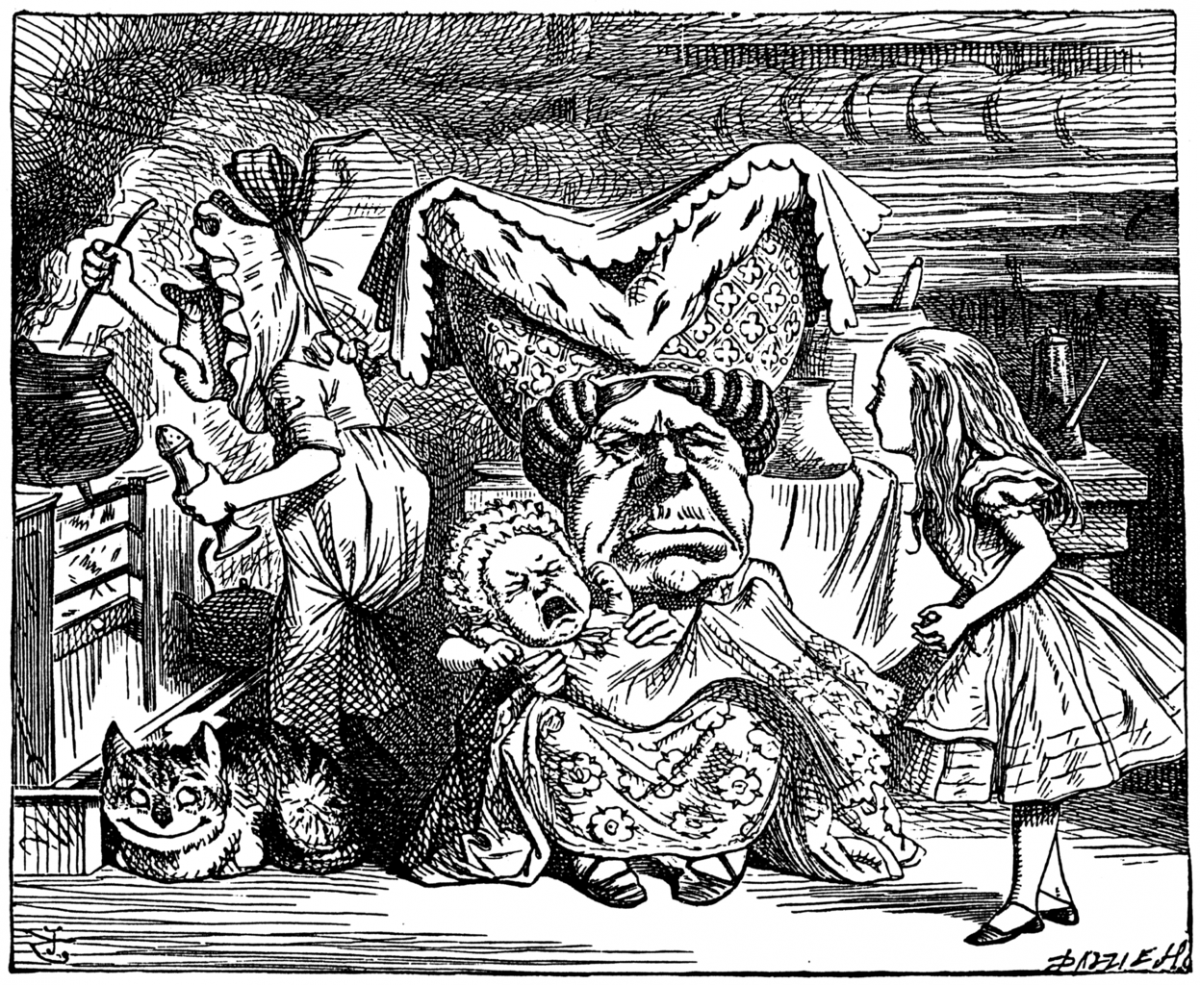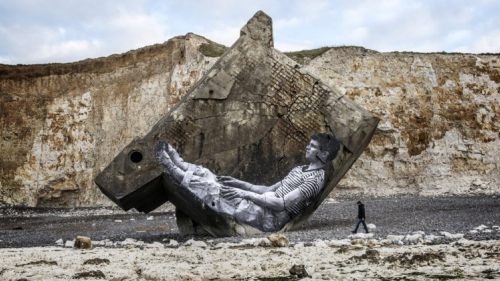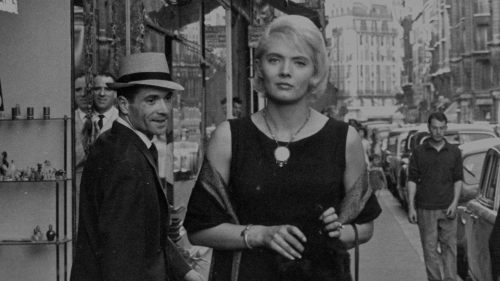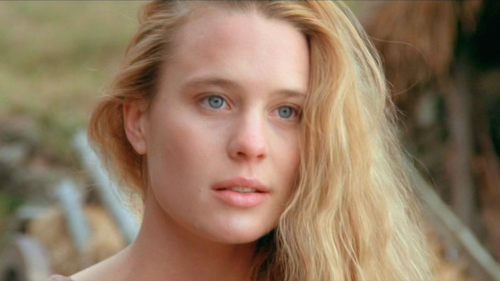Broad Cinema: Irene Sharaff’s BROADWAY & HOLLYWOOD
From Alice Guy-Blaché to Ava Duvernay, women have been integral to cinema for the last 120 years. Broad Cinema is a weekly column that will feature women who worked on films that are playing this month at the Alamo Drafthouse. From movie stars to directors, from cinematographers to key grips, Broad Cinema will shine a spotlight on women in every level of motion picture production throughout history.
For February, we’re talking about costume designer Irene Sharaff. Live in an Alamo market? Get your tickets to Who's Afraid of Virginia Woolf?
--
By 1976, when Broadway & Hollywood: Costumes Designed by Irene Sharaff was published, the designer had 105 credits to her name. Films, plays, Broadway musicals, ballets - Irene Sharaff had done it all, and she did it with a wry humility that belied the utter confidence and professionalism she showed in her craft. Here's a woman who was brilliant at her job, who worked tirelessly for decades to reach the very top of her game in every area of this industry - but who never lost her sense of whimsy and the love she had for design.
Color has always been important to me. I dream in color more often than in black and white; people and situations are symbolized for me by colors; numerals and words have color. I remember my surprise in childhood - like 'the shock of recognition' - on reading a poem that began 'Goodbye is a yellow ribboned word,' for that was how I had imagined it. The names themselves of color have poetry, the reds perhaps the loveliest: scarlet, vermilion, rose carthame, garance, incarnadine, and so on, playing on eye and ear.
Broadway & Hollywood is required reading for anyone who aspires to costume design or who simply admires the craft of it. It's a frank and illuminating look at the career of cinema and theatre's greatest costume designer. It recounts how Sharaff got her start through an apprenticeship to Aline Bernstein at The Civic Repertory Theatre in 1928, falling in love with the business through the productions she saw there.
Since then I have watched many rehearsals more exciting, better directed, with distinguished casts, but none has had for me the magic of Nazimova's Cherry Orchard.
Sharaff soon proved herself adept far beyond her station, working closely with Bernstein over the next three years on fifteen different plays. After the stock market crash forced the Civic to close for a year, Sharaff decided to spend a year working in Paris, where she learned to love (and create) haute couture. After a time, the Civic's Eva Le Gallienne followed Sharaff to Paris to tell her that the theatre was reopening, and her services were needed as the head costume and scenery designer for an upcoming production of Alice in Wonderland. Sharaff built a peculiar, sketchy world influenced closely by John Tenniel's illustrations from the book Alice in Wonderland - at least one of which was in turn inspired by Quinten Massys' 1513 painting "A Grotesque Old Woman."
(Below: Tenniel's illustration, Massys' painting, Sharaff's costume design)



After the "enormously successful" run of Alice in Wonderland, and the industry-wide kudos it afforded Sharaff, she made her way to Broadway. She started with Union Pacific and went on to On Your Toes, As Thousands Cheer, Star and Garter, Peep Show and many others over the next decade before moving on to the theatrical production that made her name - and the same musical that she would design onscreen to great Hollywood acclaim three years later: The King and I.
A great deal of Thai silk was used, as well as Chinese damasks and brocades, cloth woven in India, Japan and Hong Kong, and some thin cottons printed by silk-screening in New York. While these materials sound sumptuous and a great deal of yardage was used, I was able to bring the costumes of the original production in well under budget.
A Broadway production was a fine showcase for the work of the Thai weavers, and after Peepshow and particularly after The King and I opened on Broadway, decorators and designers began to use the silks in increasing volume. At first, Thaibok could not keep up with the demand. However, soon it moved to larger quarters in New York and was able also to supply firms in London and Paris.
The popularity of Thai silks was far from the only way in which Sharaff's decisions - often made in service of practicality as much as creativity - influenced costume design and even civilian fashion. She convinced (with some effort - "I pleaded, argued, entreated, bullied") the balding Yul Brynner to shave his head to play The King of Siam in Hollywood's The King and I, a trend for balding men that survives to this day.
For Yul's dome, hairless and gleaming, encouraged an increasing number of bald men to copy him - as if by so doing magically they too might acquire the aura and attraction he seemed to possess. What Yul's clippers achieved gave him, as it were, a logo or trademark that has taken his name.

Perhaps even more impressively, Sharaff's design for On Your Toes is responsible for the ever-present nature of one of lingerie's most lasting looks: fishnet stockings.
When I was drawing the black costume, I did not like the way I had painted the tights; I did the sketch again, but instead of a light wash over the legs I painted the tights to look as though they were made of a coarse black mesh. I had not come across any tights manufactured like these. When the costumes were being made, I asked Jessie Zimmer who supplied hose and tights for theater productions to look for elastic net material. Elastic fabrics were then just starting to be manufactured and within a few days she found some elasticized net which was made into the tights. Stocking manufacturers soon noted these mesh tights as a new idea and began producing them fast for the mass market. Later, Paris in turn copied this idea for stockings.

Broadway & Hollywood is filled with such anecdotes - working with Elizabeth Taylor for Cleopatra and Shirley MacLaine for Can-Can, with Gene Kelly for An American in Paris and Judy Garland for A Star is Born, designing a gown to shorten Loretta Young's long neck ("though I thought that a considerable asset") and asking notorious burlesque performer Carrie Finnell how she did her "special trick" of making each breast gyrate separately out of her bodice.
'That, my dear, is none of your business,' she replied firmly. But as I turned to leave, my eye caught her reflection in one of the mirrors, and out from the upper part of her combination popped one of her pink-tipped bosoms and just as swiftly popped back, like a naughty child sticking out her tongue at me.
It's also rich with photos from Sharaff's productions and her own beautiful sketches, with insights about the differences in working on Broadway or Hollywood, the way she had to adjust her craft entirely when she moved from the stage to the screen. It's as educational as a textbook and as juicy as a gossip column, and it's also terribly inspiring, the story of one woman who worked her way to the very top of her career through passion and industriousness.
It's out of print, but you can pick it up for a few bucks from used booksellers on Amazon. If you're a costume design nerd or you know one, Broadway & Hollywood is a sure bet.



